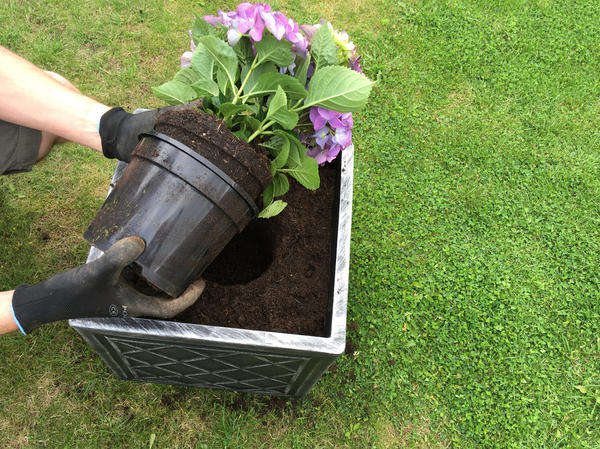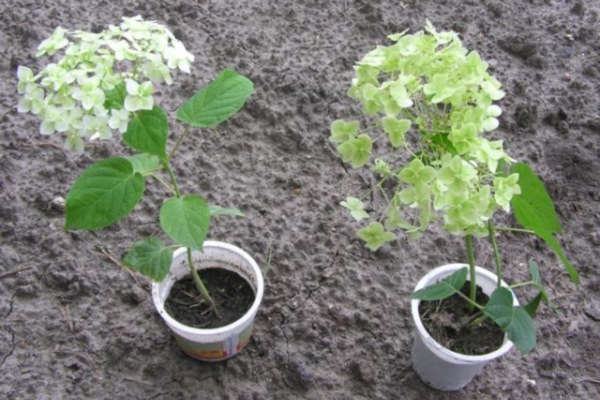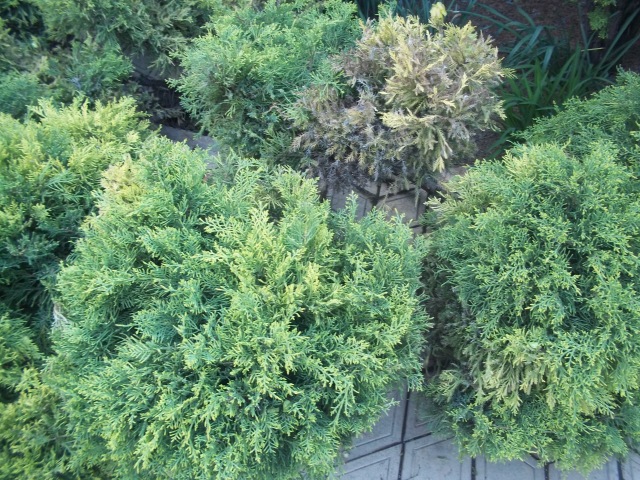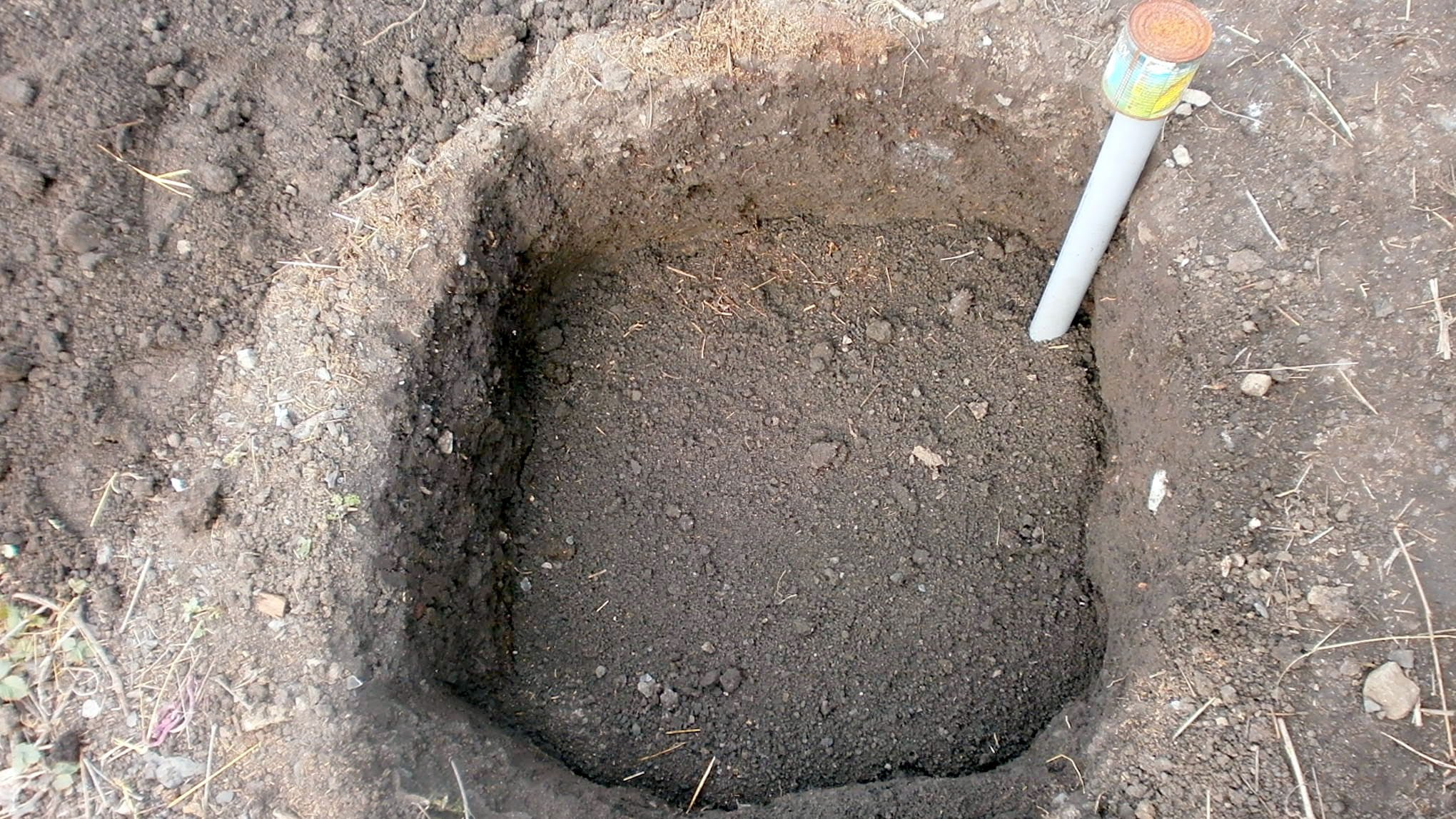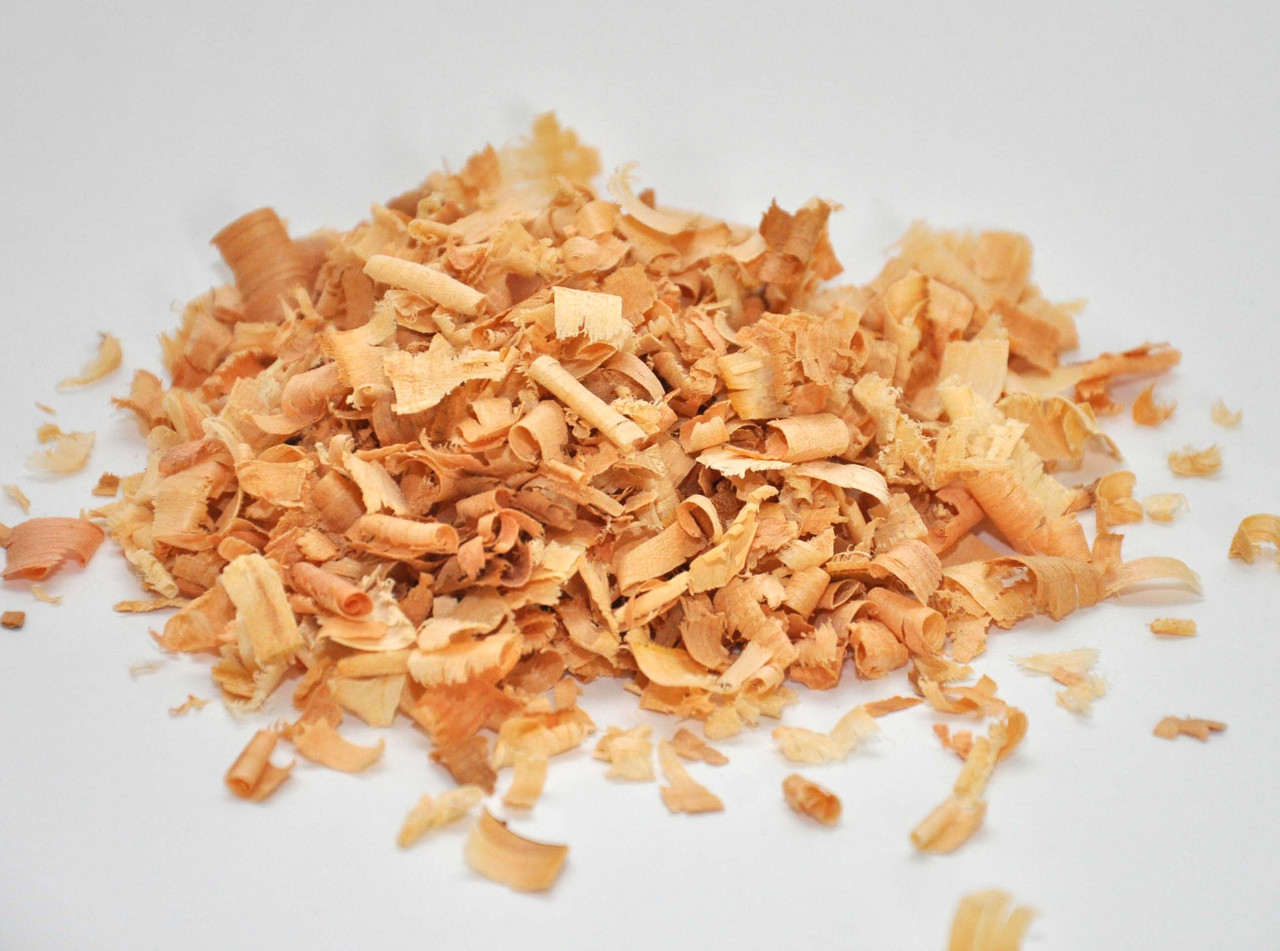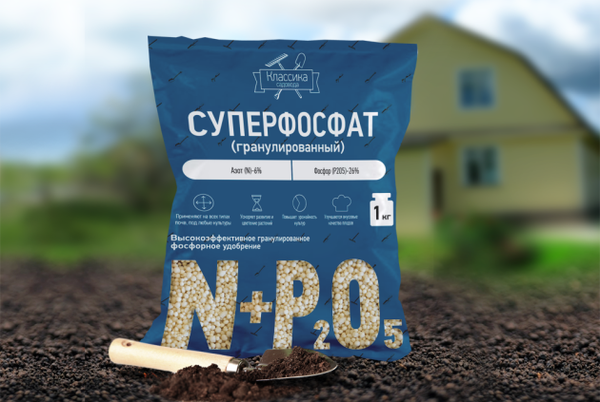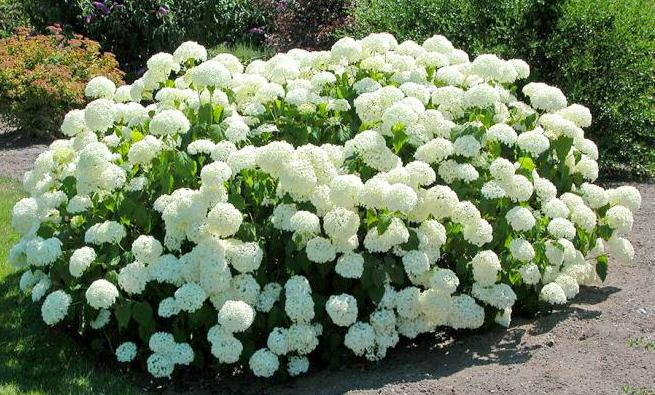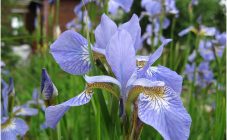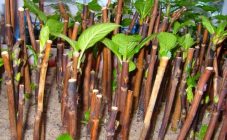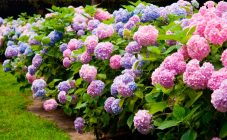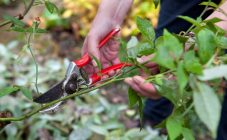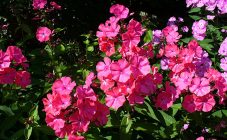Content:
When planting hydrangeas, it is important to choose the right place, because it grows quite quickly, therefore it is demanding on the fertility and moisture of the soil. The optimal planting dates are spring and autumn, but do not be afraid to plant hydrangeas in summer.
Summer planting hydrangea
Spring is the best time to plant hydrangeas. It can be planted as soon as the frost passes and the soil warms up. In the southern regions of Russia, it is not too late to do this in the fall. September is the most suitable month for this. For the time remaining before frost, the plants will have time to take root, and the next year they will already delight with flowers. One of the planting timing options for closed-root hydrangeas, which are sold in special containers, are the summer months.
When purchasing hydrangea planting material in the summer, when it is already blooming, you can not be afraid that the flower will not be the same as in the description. In spring and autumn, the transplant is easily tolerated, because the plant is in a dormant state. Can you plant a hydrangea in July? And in the summer it will not be difficult to do this, the plant in the container easily tolerates transplants, because the root system is simply removed from the container and planted in the ground, where it will have enough room for growth. Also, planting hydrangeas in the ground in summer allows you to fully enjoy the beautiful flowers with minimal time costs.
Although such flowers can be planted in any summer month, there are some subtleties when choosing planting material:
- The bark and kidneys must be intact;
- Plant height - from 50 to 100 cm;
- Be sure to have at least 2 live shoots;
- Live roots should be visible through the earthen lump.
Cuttings
Cutting hydrangea is one of the ways to reproduce it. The optimal time for this is June. It was at this time that cuttings are rooted for growing young plants from them, which will be planted in the ground next year.
Place and method of landing
The place is chosen open and sunny. At the same time, remember that the bright sun and strong wind are detrimental to hydrangeas. In the scorching sun, shading is organized for the plant. It is very important to have sunlight in the first half of the day, in this regard, the landing site is chosen from the east side. Partial shade is also suitable for hydrangea, but then you need to be prepared for the fact that the flowering will not be so abundant.
How to plant hydrangea outdoors in summer? For the successful growth of hydrangeas, fertile clay soils enriched with humus are chosen. Plants are also grown in the red earths, but they develop worse there. They do not grow in sandy soils. The acidity of the soil should be low, the balance should be 5.2-6.0. It is when grown on such soil that the flowers have the most vivid color. With a neutral soil balance, the plant develops more slowly, the flowers have a pale shade. Yellowing of the leaves is present when grown in alkaline soils. In addition, there is a deficiency of magnesium and iron, which negatively affects the color of the leaves. That is why it is so important to choose a site with the correct soil composition.
When planting, a special soil is prepared, which consists of humus, peat, black soil and sand. They are taken in ratios of 2: 1: 2: 1. Fertilizers are added to the planting mixture: urea (1.3 tbsp. L.), Potassium sulfate (2 tbsp. L.) And superphosphate (3 tbsp. L.).
The soil prepared according to the above scheme easily replaces the soil accumulated under the pines and spruces.You don't even need to fertilize it, since it has the correct composition and acidity, which are necessary for the successful growth of hydrangeas.
Landing pit
In order to ensure the rapid survival of the hydrangea in a new place, a number of recommendations should be followed:
- Prepare a landing pit of a certain size.
- Place the root system of the seedling in the center of the hole.
- Sprinkle soil over the roots and compact.
- Water and mulch the soil.
- Keep the soil moist.
When determining the size of the planting pit, they are guided by the age of the planting material. If the seedling is 1-2 years old, then a hole 30 cm deep and the same in width will be enough. For seedlings aged 3-4 years, the pit should be 50 * 50 cm.
It is important to consider a few more aspects:
- If the nutrient mixture is poured into the pit, then its size is increased by a third.
- The distance between two adjacent seedlings planted in a row should be 2 to 3 m; if you plan to create a hedge, then the distance is reduced to 70-100 cm.
The roots of the seedling are placed in the prepared hole and sprinkled with earth in such a way that the root collar is either at the level of the soil, or slightly crushed by the earth, no more than 3 cm.Plants with a closed root system are planted directly with the ground, by transshipment.
Care after landing
Immediately after planting, watering is carried out, up to 10 liters of water are consumed per plant. After all the water is absorbed, mulching is carried out. For this, sawdust, peat or leaves are used. They cover the ground with mulch under a bush with a radius of up to 13 cm, the layer thickness is from 4 to 8 cm.
Further care comes down to shading in the scorching sun and protection from strong winds. Regular watering is important - once a week at a consumption rate of 10-15 liters per plant. If necessary, the plants should be tied up.
If a nutrient mixture was used during planting, then in the next 2 years you can do without feeding. At the same time, the appearance of the plant is monitored, if signs of a lack of nutrients are detected, feeding will have to be repeated.
When planting in ordinary soil, fertilizing is carried out according to the following scheme:
- In the spring, nitrogen fertilizers are applied.
- During the formation of the bud, as well as during their first blooming, mineral fertilizing is carried out.
- After flowering, superphosphate is added.
Closed root system
Can hydrangea be planted in August? It is possible, but only if it is a plant with a closed root system. The purchase of planting material for hydrangea with a closed root system is the best option when buying from a trusted supplier. Such plants take root easily, and they can be planted at almost any time: from spring to autumn. Planting hydrangeas in the summer also takes place.
Disembarkation is carried out by transshipment. To do this, according to the above scheme, prepare a planting pit for panicle hydrangea. The soil in the container must be moistened to such a state that the roots with a clod of earth can be easily removed. Turn the container over and remove the plant. It remains only to carry out the landing according to all the rules.
Planting hydrangeas in the Moscow region
Currently, hydrangea has been adapted for cultivation not only in the south of Russia, but also in the central region and even in Siberia. In the Moscow region, you can successfully grow panicle and tree hydrangea, garden and large-leaved.
At the same time, when choosing seedlings, special attention is paid to the winter hardiness of the variety. They acquire planting material with a well-developed root system. They choose a place on the site that meets all the parameters: well lit, but protected from the scorching sun and wind. Carefully take care of the plant, observing the timing of watering and feeding.
Observing the specified rules for planting hydrangeas, you can get a long blooming beautiful flower in your garden, which pleases with its splendor not only in summer. But even in winter, dried hydrangea flowers will amaze with their beauty for a long time.
